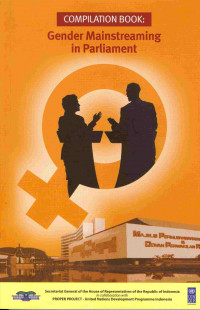
Text
Gender and Human Rights ( Volume XII/2)
Gender equality has become a generally accepted refrain and gained secure positioning within international approaches to, and discourse on, development and human rights. However, it took decades of advocacy for gendered diversities to become effectively acknowledged as relevant to the international human rights system. In this process, the recognition that “women’s rights are human rights” played a central role. In response, legal and normative instruments have been introduced to address the marginalisation of women and girls, such as the 1979 Convention on the Elimination of Discrimination Against Women (CEDAW) and the 1995 Beijing Platform for Action (BPFA). Increasingly, other issues relevant to gender equality are gaining attention, for instance those pertaining to sexual orientation and gender identity and the role of men and boys in achieving gender equality. International policies and strategies such as gender mainstreaming have been developed to advance the achievement of gender equality in practice. Significant steps continue to be taken to build a human rights system that recognises the need for gender equality and diversity to be inherent to approaches for securing human rights for all.
Availability
| KP.II-00032 | KP.II KAR G | My Library | Available |
Detail Information
- Series Title
-
-
- Call Number
-
KP.II KAR G
- Publisher
- United States : Oxford Univeristy Press., 2006
- Collation
-
ix, 256 Hal.; 23cm.
- Language
-
English
- ISBN/ISSN
-
0-19-9260915
- Classification
-
KP.II
- Content Type
-
-
- Media Type
-
-
- Carrier Type
-
-
- Edition
-
2006
- Subject(s)
- Specific Detail Info
-
-
- Statement of Responsibility
-
-
Other version/related
No other version available
File Attachment
Comments
You must be logged in to post a comment
 Computer Science, Information & General Works
Computer Science, Information & General Works  Philosophy & Psychology
Philosophy & Psychology  Religion
Religion  Social Sciences
Social Sciences  Language
Language  Pure Science
Pure Science  Applied Sciences
Applied Sciences  Art & Recreation
Art & Recreation  Literature
Literature  History & Geography
History & Geography